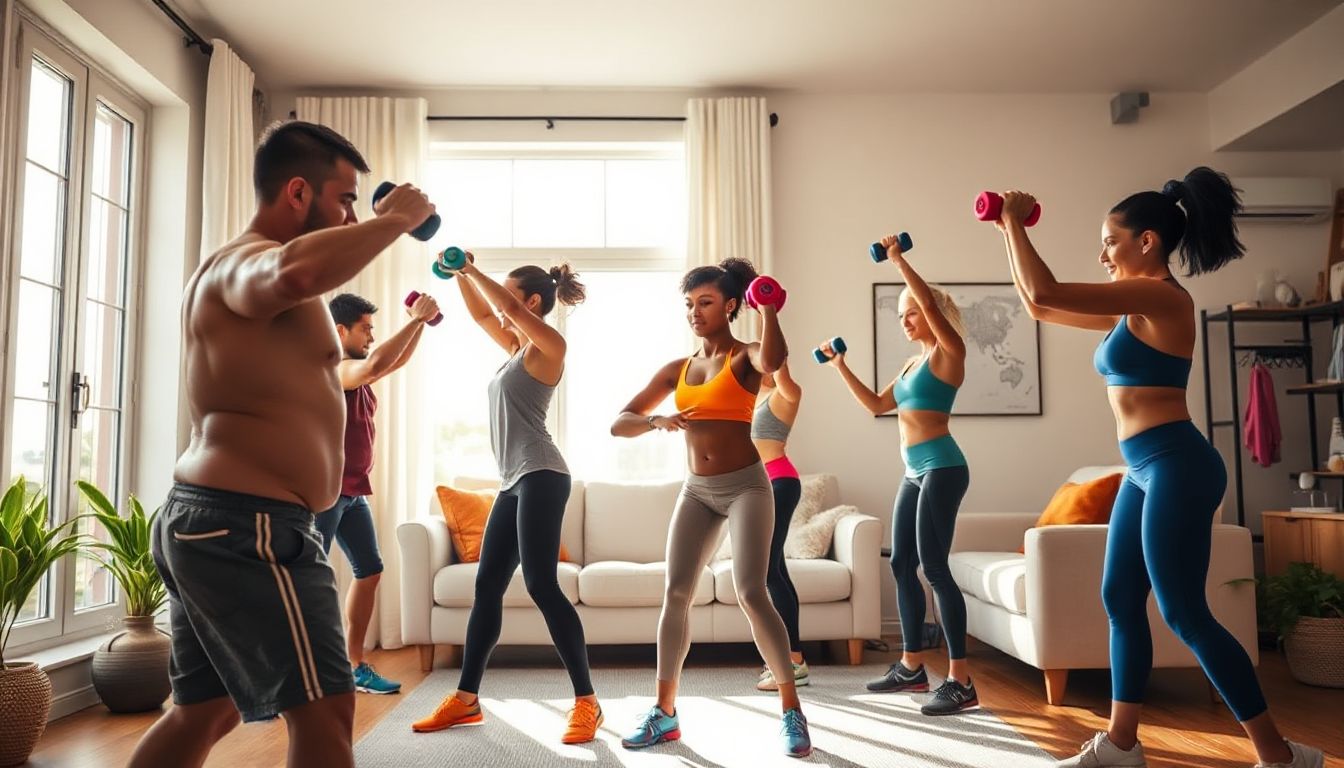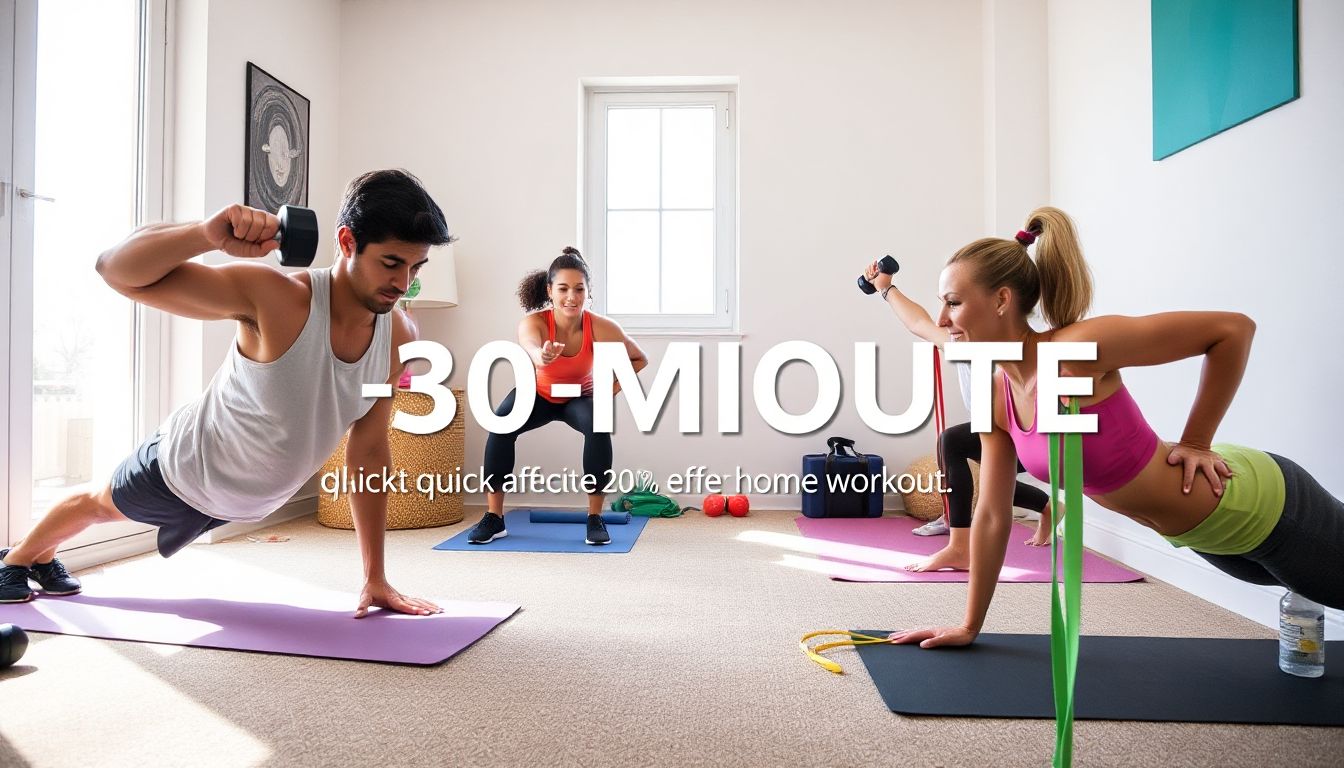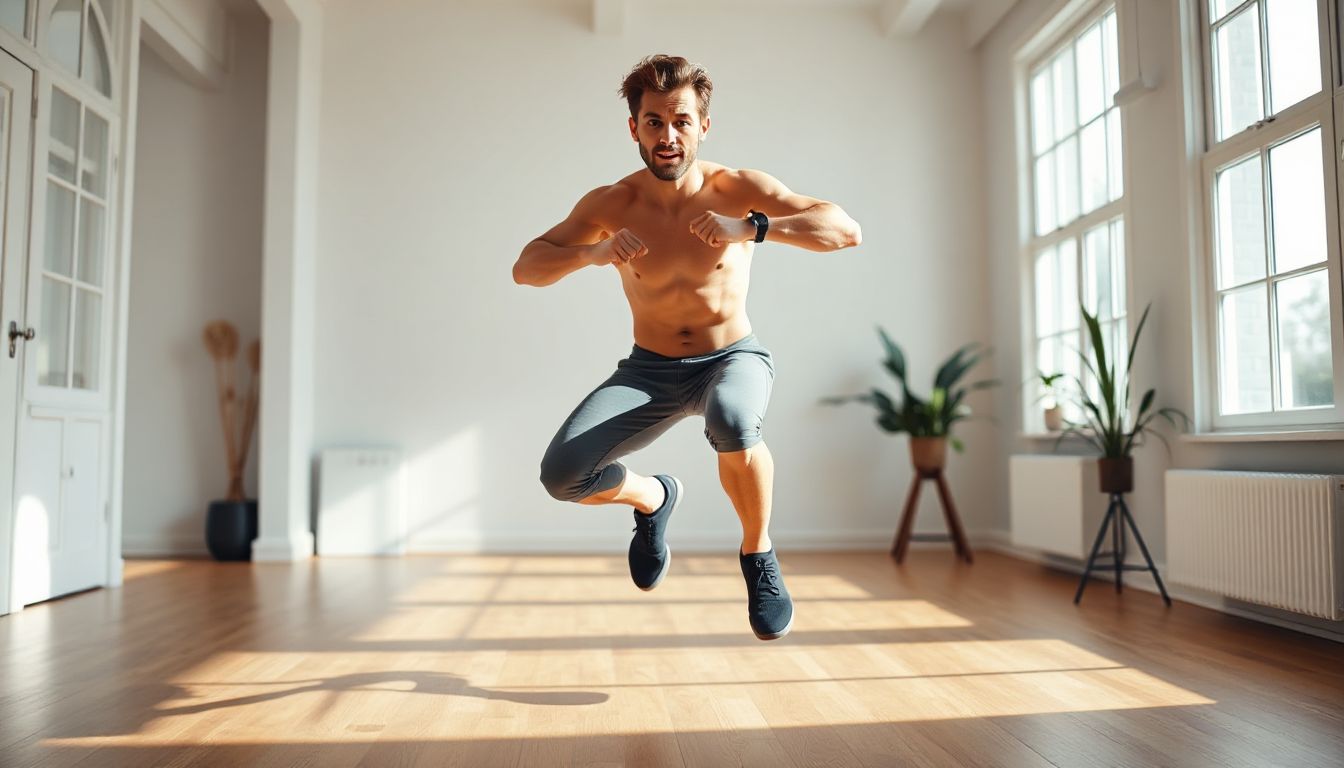Vacations are a time to relax, recharge, and break away from the daily grind—but what happens to your fitness goals during this much-needed break? Many people feel torn between enjoying their trip and staying on track with their diet and workout routine. The good news is, you don’t have to choose one over the other. With a little planning and flexibility, it’s entirely possible to enjoy your vacation without completely derailing your health and fitness progress.
Start with a realistic mindset.
You’re on vacation, not in a competition. Don’t expect perfection, but aim for balance. If you're used to following a strict meal plan, allow yourself the freedom to indulge in local cuisine without guilt. Instead of focusing on restricting food, focus on portion control. Try to keep healthy options like fruits, salads, and grilled proteins in your daily meals, and save the heavier or sugary dishes for special moments. Staying hydrated is also crucial—carry a reusable water bottle, especially if you're spending time outdoors or walking a lot.
When it comes to workouts, you don’t need to spend an hour in the gym every day to stay active. One of the best parts of being on vacation is exploring a new place—use that to your advantage. Walking tours, hiking, swimming, or biking are all excellent ways to stay active while enjoying the sights. If your hotel has a gym, take advantage of it. Even a quick 20-30 minute session can help you stay in rhythm. Focus on full-body workouts that require minimal time but give maximum impact—think bodyweight circuits, dumbbell routines, or high-intensity interval training (HIIT).
Traveling with a portable exercise machine can also be a game changer. Equipment like resistance bands, compact rowing machines, or foldable pedal exercisers are easy to carry and use in your hotel room. For example, a mini stepper or under-desk elliptical lets you get some cardio done while watching TV or taking calls. If you have access to a hotel treadmill, that’s another great way to squeeze in a morning run before breakfast.
🔥 Stay Fit Anywhere with a Portable Exercise Machine!
No gym? No problem! A portable exercise machine lets you crush your workouts anytime, anywhere—whether you’re at home, traveling, or stuck in a hotel room. Lightweight, compact, and easy to use, it’s your perfect fitness companion for staying active on the go. From under-desk ellipticals to resistance band stations and mini steppers, these machines bring the burn without the bulk. Stay consistent, keep moving, and never miss a workout—no matter where life takes you!
🚶♀️Step Up Your Fitness Game with a Mini Stepper!
Turn small steps into big results! The mini stepper is your compact cardio companion, perfect for torching calories, toning legs, and boosting stamina—right from your living room, office, or hotel room. Lightweight, space-saving, and easy to use, this powerhouse machine brings the climb to you. Whether you're short on time or space, the mini stepper keeps your fitness moving forward—one step at a time!
🚴♂️Burn Calories While You Work with an Under-Desk Elliptical!
Stay active without missing a beat! The under-desk elliptical fits perfectly under your workspace, letting you pedal your way to better health while answering emails, attending meetings, or watching TV. Quiet, compact, and smooth, it’s the effortless way to boost circulation, burn calories, and stay energized—all without leaving your chair. Work hard, pedal smart!
🏃♂️Stay on Track Anywhere with a Hotel Treadmill!
Don’t let travel derail your fitness routine! A hotel treadmill offers the perfect way to squeeze in a run or power walk—rain or shine, day or night. With modern features and quiet operation, it’s your go-to cardio fix while on the road. Whether you're burning off last night’s room service or prepping for a big meeting, the hotel treadmill keeps your goals moving—one stride at a time!
If your vacation is more laid-back, like a beach holiday, don’t underestimate the benefits of light activities. A brisk walk along the shore, yoga on the balcony, or even paddleboarding can offer both mental relaxation and physical activity. The key is to move consistently, even if it’s not your usual gym session. Staying active doesn’t always mean sweating buckets—sometimes it just means keeping your body engaged throughout the day.
Another useful approach is to set small goals for your trip. For example, decide to move at least 30 minutes a day, whether that’s walking, stretching, or using a resistance band. Similarly, you might set a goal to eat at least one healthy meal per day. These simple commitments are easy to keep and can go a long way in helping you maintain your fitness level while still enjoying the experience.
In the end, vacation is a time to enjoy life, not stress about calories or reps. By being mindful and flexible, you can maintain your momentum without compromising your fun. Use portable exercise machines, make smart food choices, and stay active in creative ways. When you return home, you’ll feel refreshed—not guilty—and ready to get back into your usual routine with ease.







.webp)

.webp)
.webp)

.webp)
.webp)

.webp)
.webp)
.webp)
.webp)
.webp)
.webp)
.webp)
.webp)
.webp)
.webp)
.webp)

.jpeg)
.jpeg)
.jpeg)